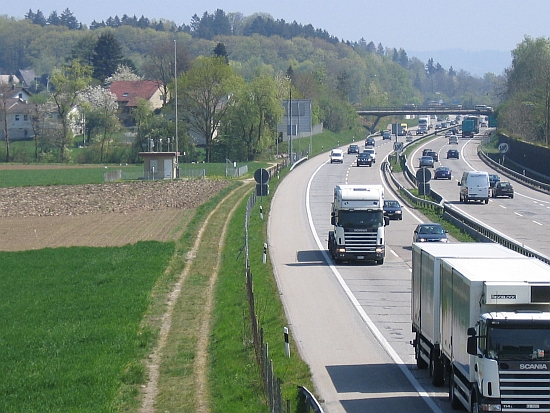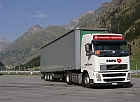|
Caption: Air quality measurements in Haerkingen, a location which is badly affected by road traffic emissions.
Today there are vehicles on the road which are so clean that their exhaust gas has fewer pollutants in it than in the atmosphere itself. They already meet emission regulations which will actually only come into force in the next few years, and will only allow near-zero emission levels. Reason to heave a sigh of relief? Not really. Although, for example, the outputs of carbon monoxide (CO) and hydrocarbons (HCs) have reduced significantly due to restrictive regulations, the emissions of other gases produced by road vehicles have continued to remain at high levels.
|


